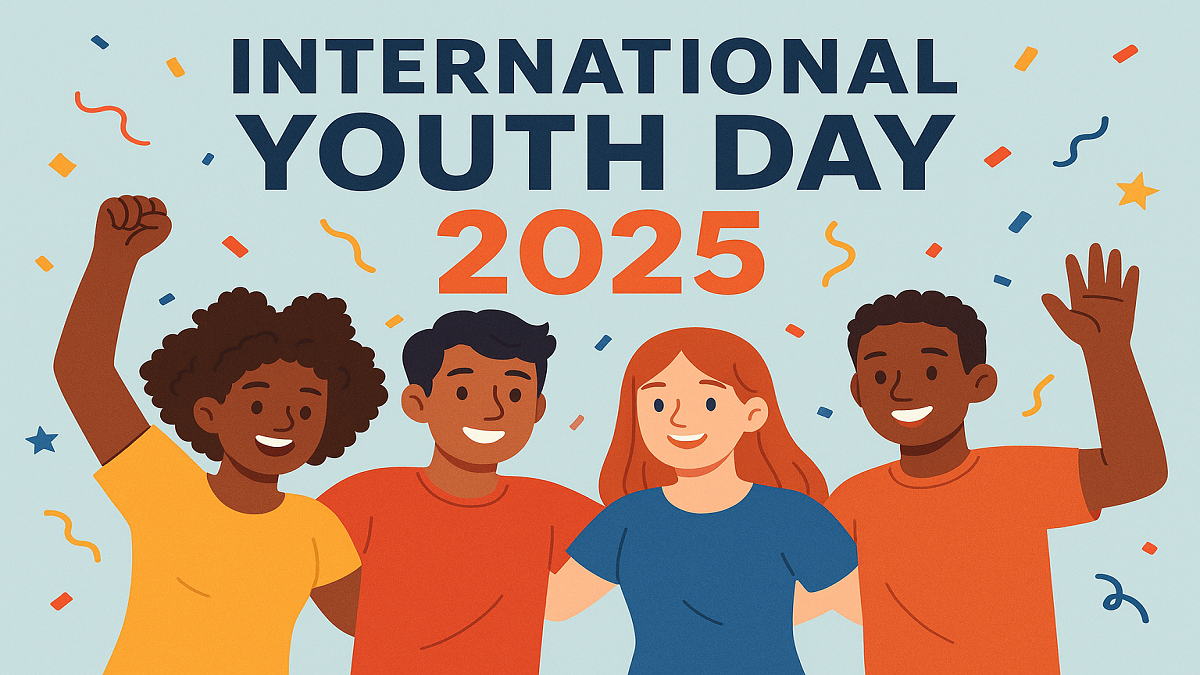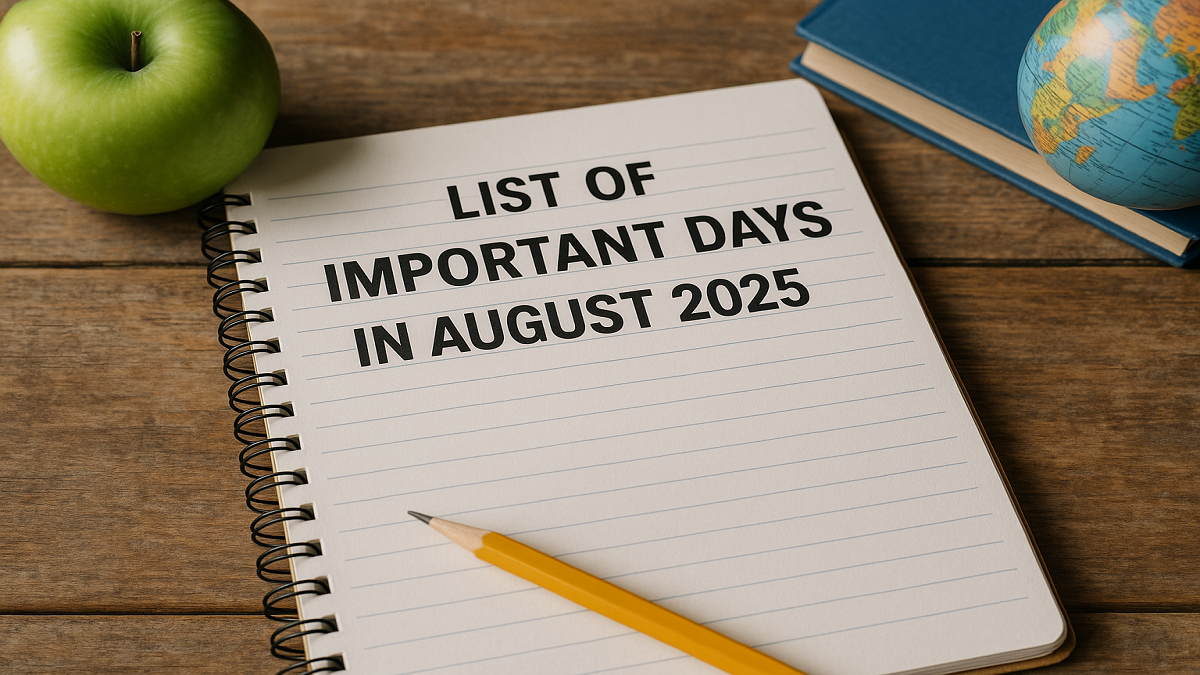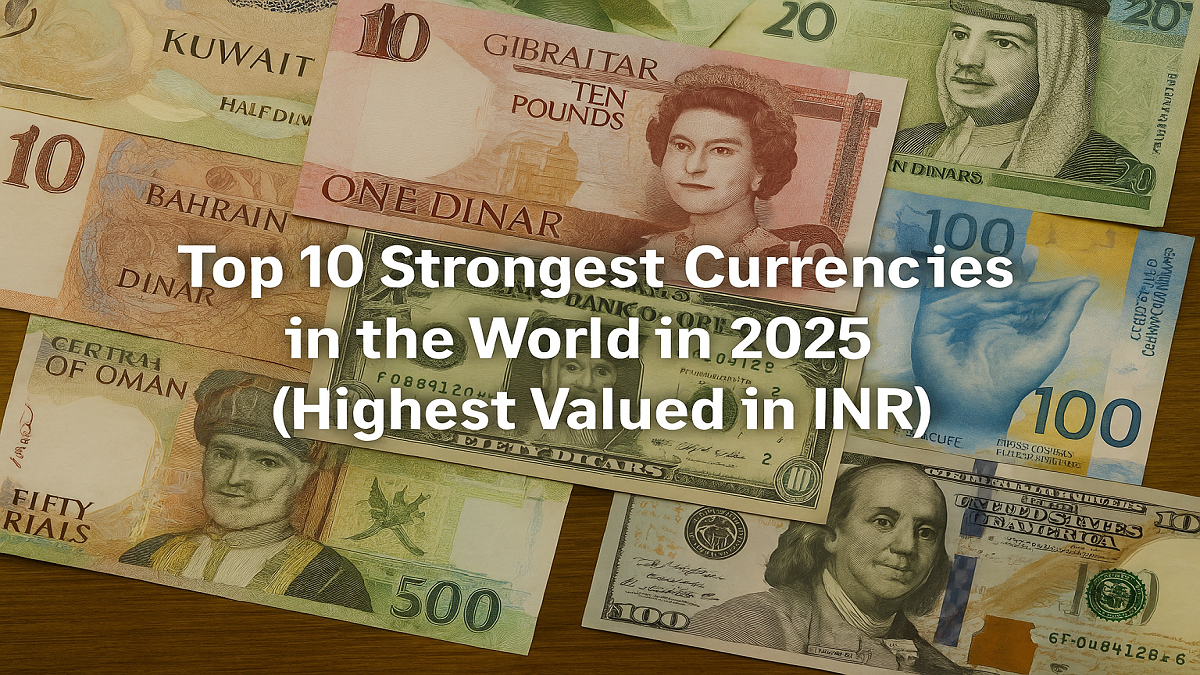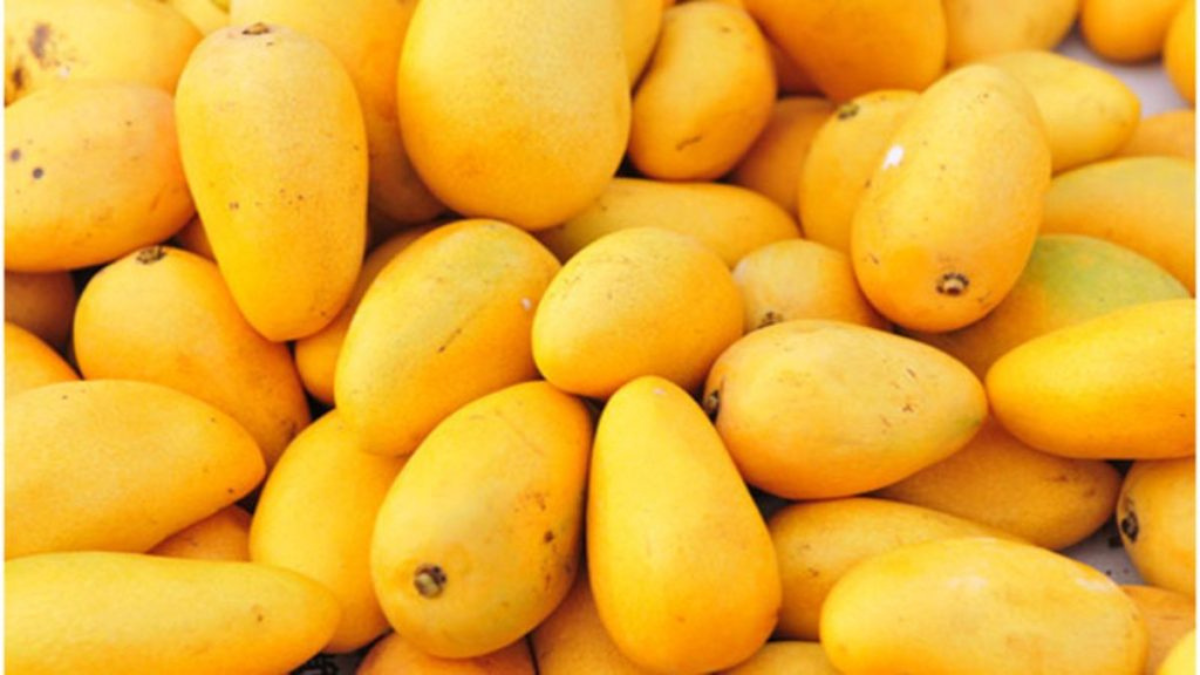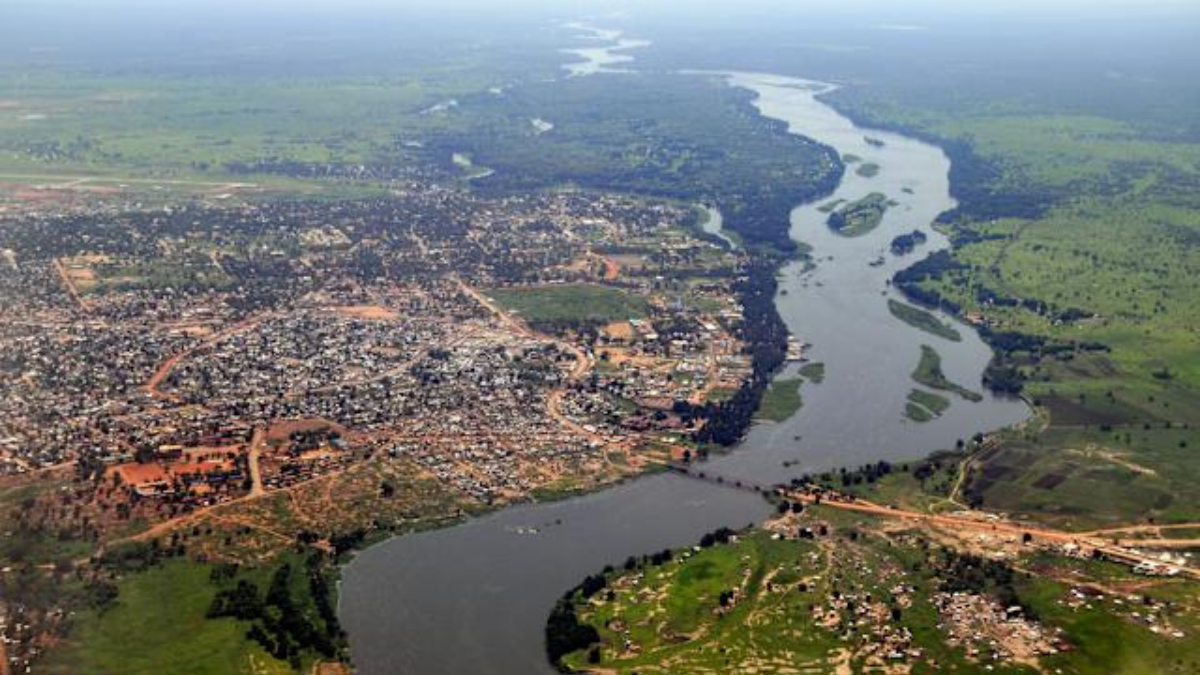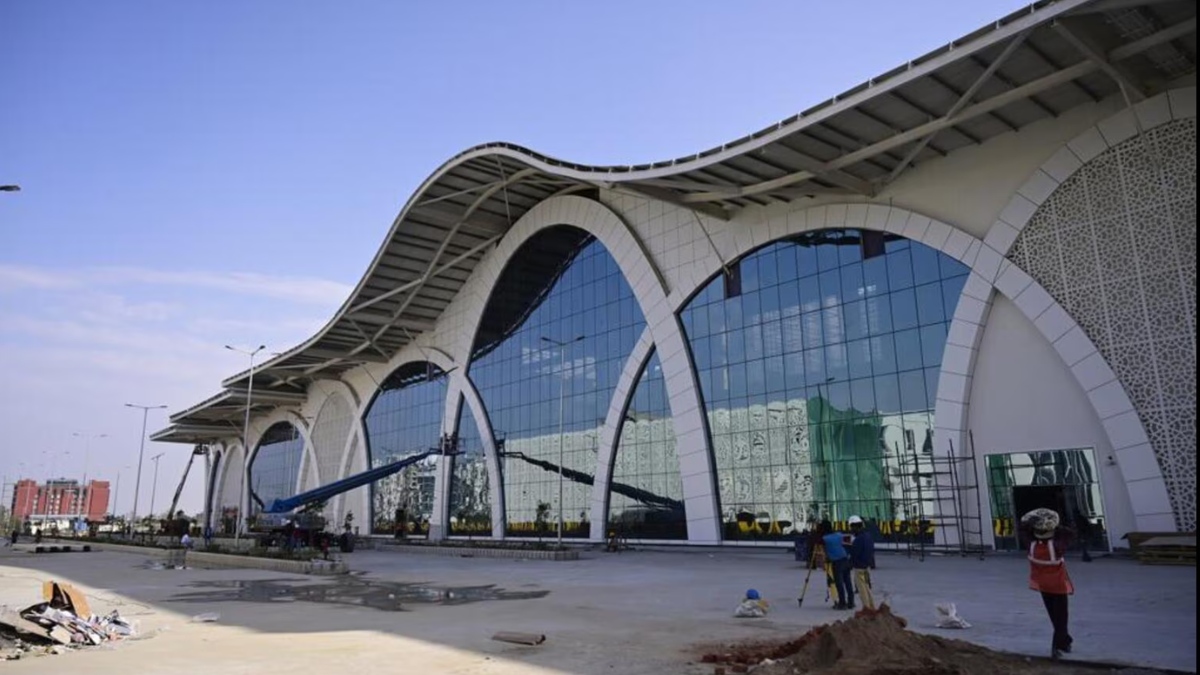In a landmark step towards creating industry-ready skilled manpower, Bharat Sanchar Nigam Limited (BSNL) has signed Memoranda of Understanding (MoUs) with four global technology leaders, Ericsson India Pvt. Ltd., Qualcomm Technologies Inc., Cisco Systems, and Nokia Solutions and Networks India Pvt. Ltd.
The agreements aim to accelerate India’s digital transformation by rolling out advanced training initiatives in 5G, AI/ML, networking, and other digital technologies at BSNL’s premier training institute, Bharat Ratna Bhim Rao Ambedkar Institute of Telecom Training (BRBRAITT), Jabalpur.
Background: TIRTC Vision
This initiative is part of the Department of Telecommunications (DoT) plan to establish the Telecom Innovation, Research and Training Centre (TIRTC) at BRBRAITT.
-
Objective: Create an industry-led national hub for developing telecom-specific R&D talent and a future-ready workforce.
-
Long-term goals: Support product innovation, prototyping, and telecom entrepreneurship.
-
Alignment: With the Skill India and Atmanirbhar Bharat missions of the Hon’ble Prime Minister.
Details of Collaborations
1. Ericsson India
-
Establishing a 5G Centre of Excellence at BRBRAITT.
-
Offering hands-on 5G training and online learning modules via the Ericsson Educate Program.
-
Target: 2,000+ students annually.
-
Infrastructure support from BSNL and access to Ericsson’s global curriculum and lab facilities.
2. Qualcomm Technologies Inc.
-
Setting up the Qualcomm Institute for 5G and AI training.
-
Includes premium online content, live sessions, and internships.
-
Sponsoring training for the first 100 participants in the inaugural year.
-
Goal: Make BRBRAITT a hub for advanced, scalable digital skill development.
3. Cisco Systems
-
Leveraging the Cisco Networking Academy Program.
-
Focus on networking, cybersecurity, and IT infrastructure skills.
-
Free access to online curriculum and tools for nationwide implementation in non-profit educational institutions.
-
Aims to create a digitally enabled, job-ready workforce.
4. Nokia Solutions and Networks India
-
Establishing a 5G Centre of Excellence and AI/ML Lab at BRBRAITT.
-
Training 300 students annually in 5G radio, core networks, and AI/ML applications.
-
Joint Nokia–BRBRAITT certification with support from the Telecom Sector Skill Council.
National Missions Supported
These collaborations directly contribute to:
-
Digital India – Expanding technological access and literacy.
-
Skill India – Enhancing employability through advanced skills.
-
Make in India – Strengthening domestic manufacturing capacity.
-
Startup India – Enabling telecom entrepreneurship.
-
Atmanirbhar Bharat – Reducing dependency on foreign expertise.
Impact and Way Forward
-
Skill Development: Trains thousands annually in future-ready telecom technologies.
-
Regional Growth: Positions Jabalpur as a key national tech training hub.
-
Industry Integration: Bridges the gap between academic learning and industry requirements.
-
Innovation Support: Promotes R&D, product innovation, and prototyping in telecom.
Future Scope:
The initiative is expected to grow into a broad consortium of Indian and global stakeholders, driving training, innovation, and research in advanced telecom domains for decades to come.



